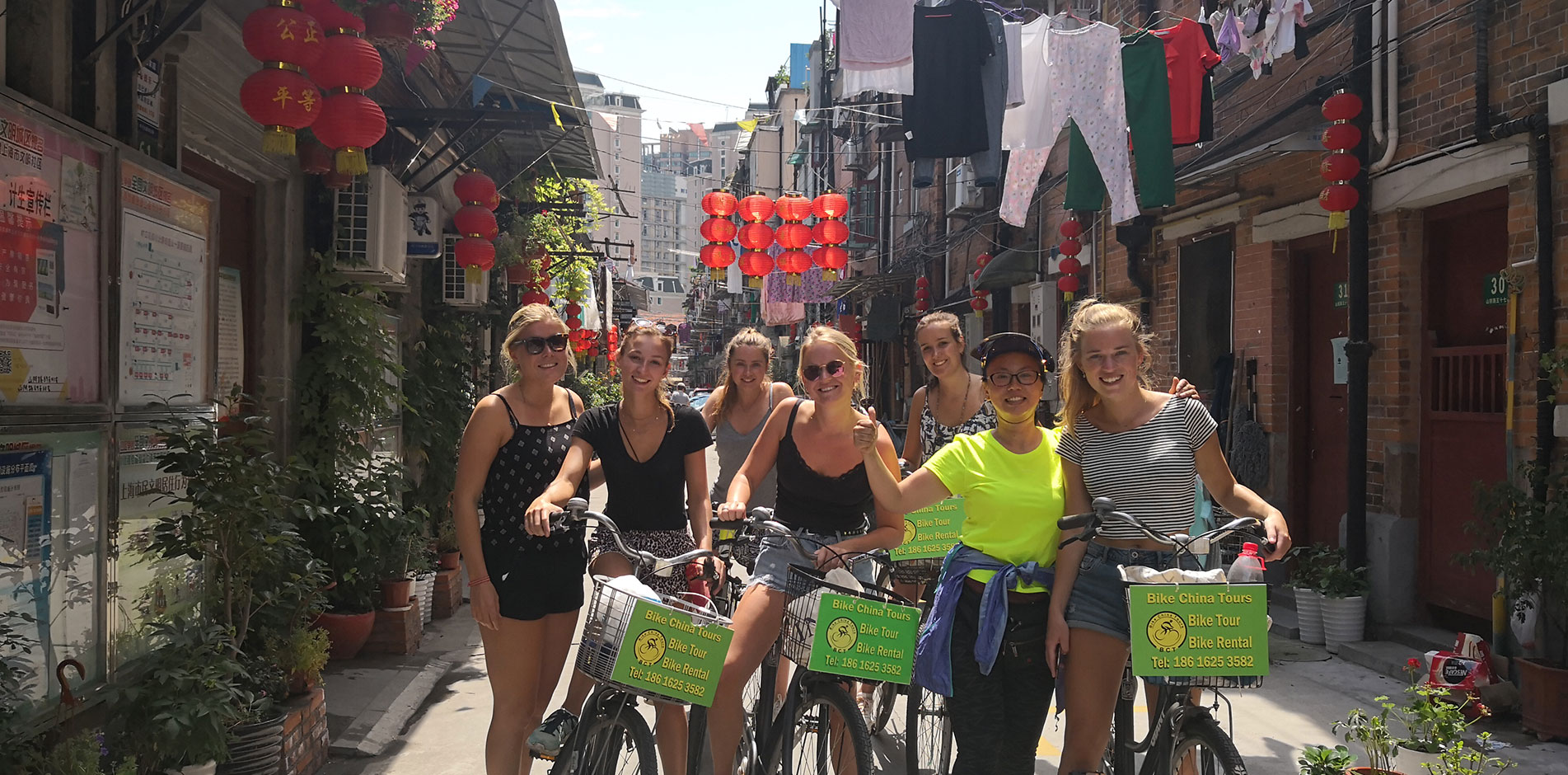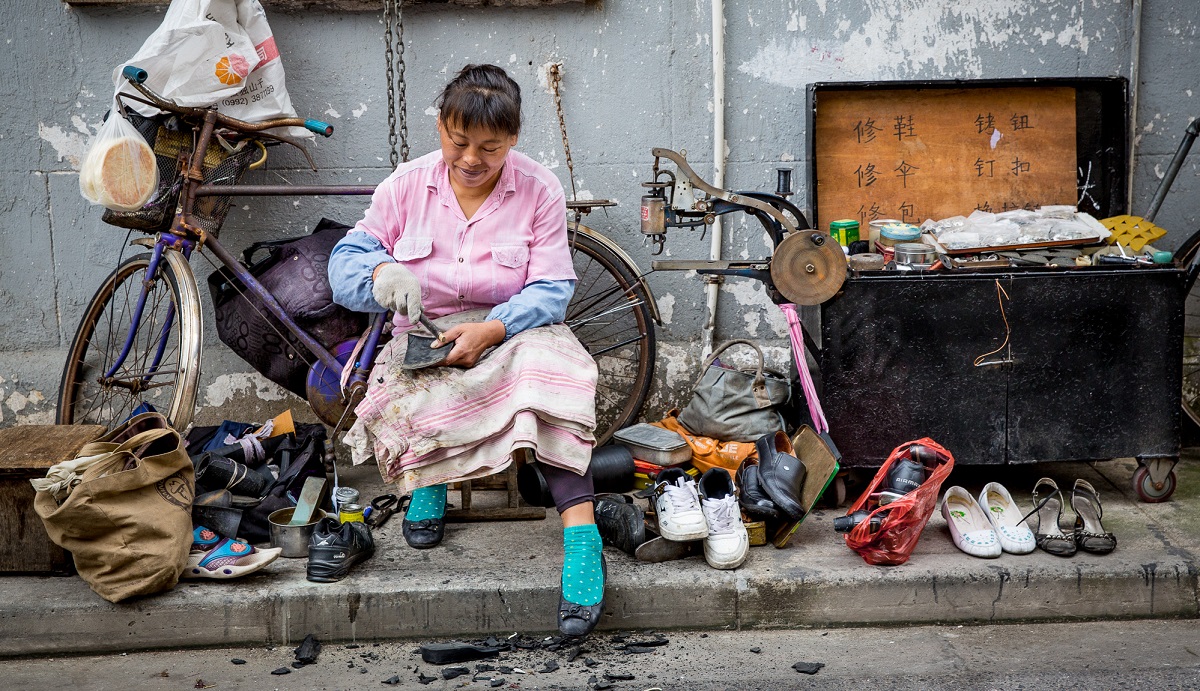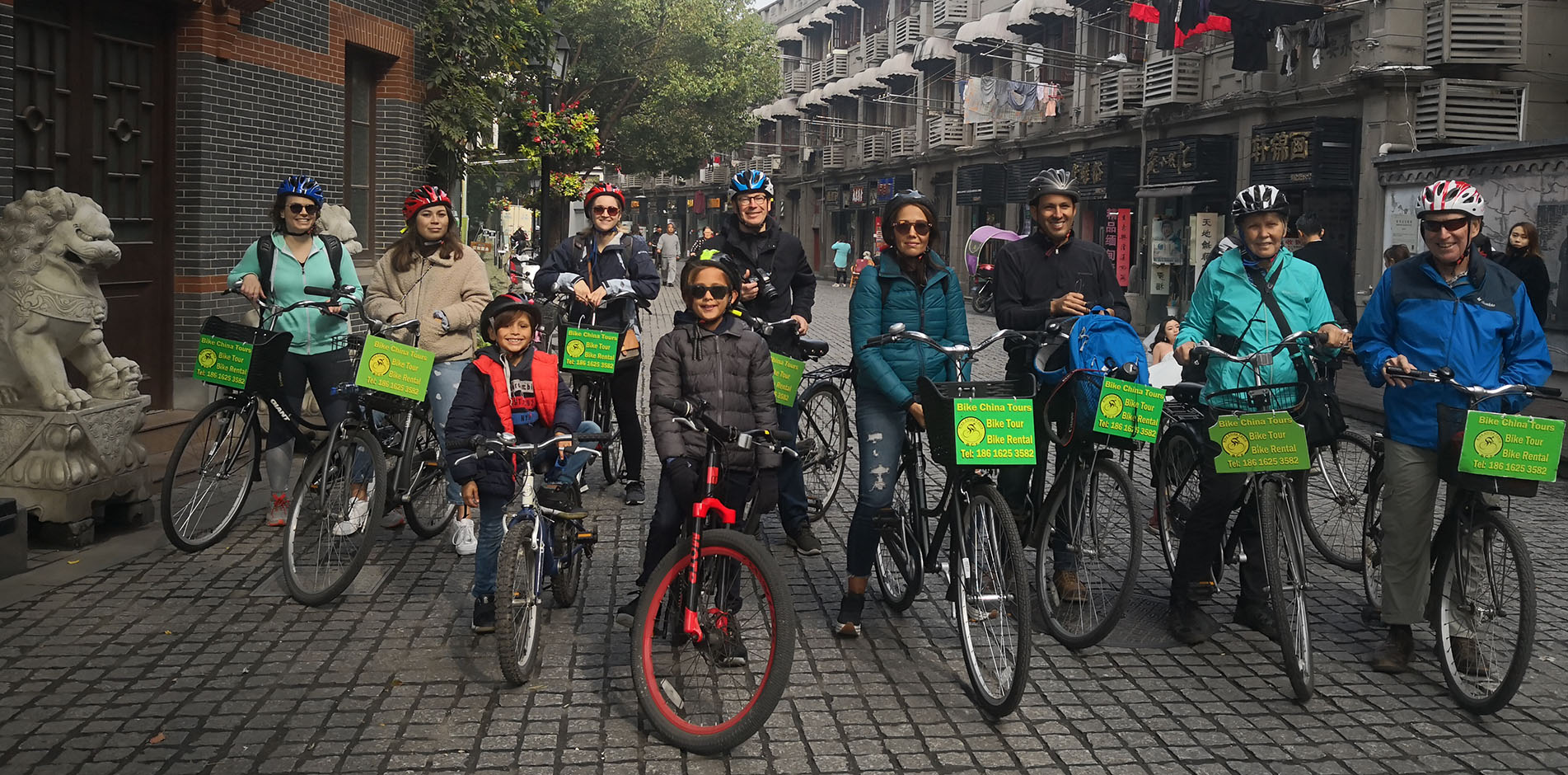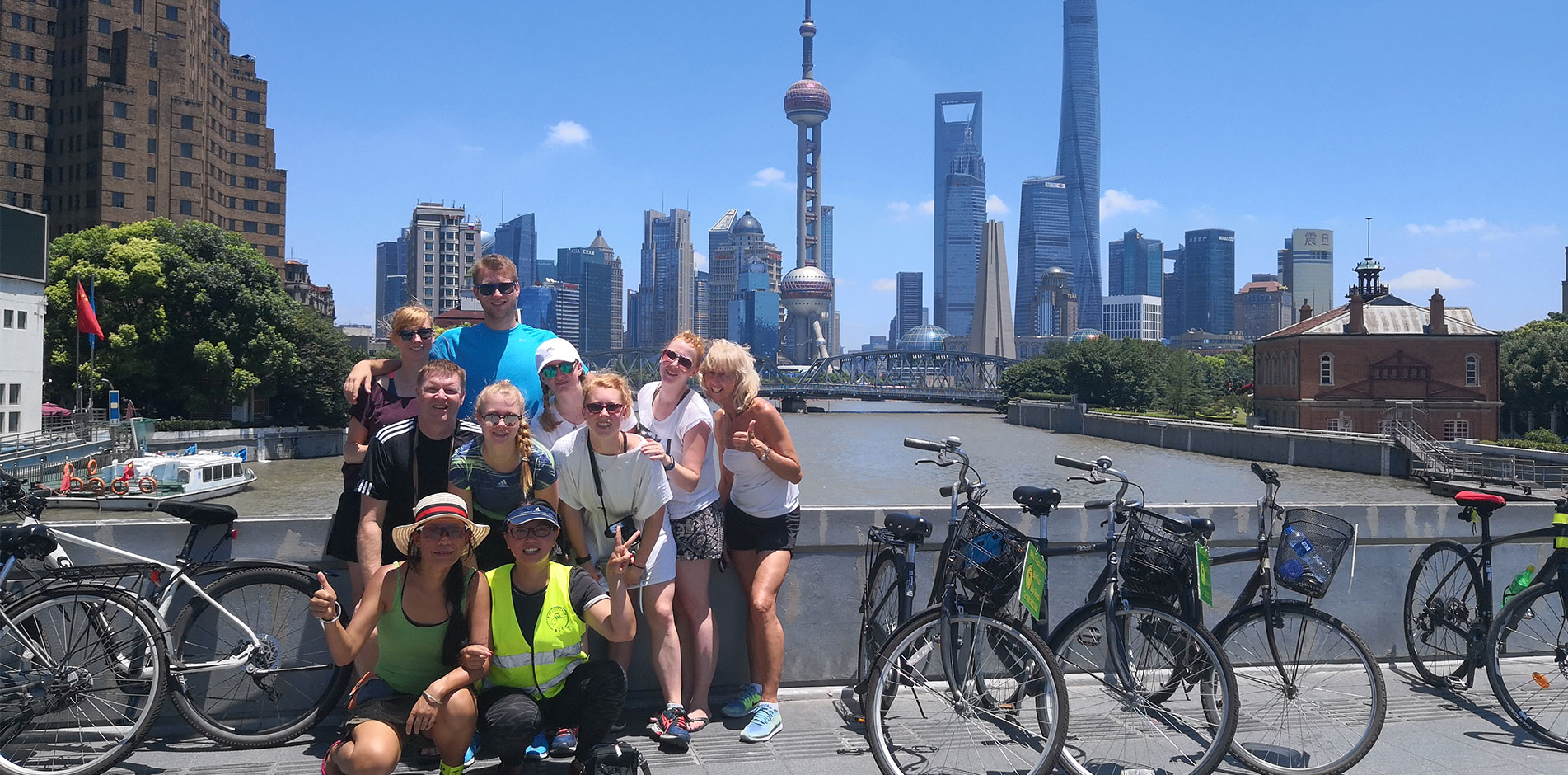History of Shanghai
2018-07-22
With favorable geographical conditions, Shanghai has since its birth been the hub of the flow of internal and external commerce.Over one thousand years ago,Shanghai was only a fishing village on the fresh watershed,beyond which the fishermen caught fish with a kind of device called Hu,from which the short name of Shanghai was derived.As alluvial deposits from the Yangtze built the delta eastward, the estuary and the harbor were created. Commercial traffic began to treat Shanghai as the port of choice.A market town was established in 1267 on the bank of river from which the name of Shanghai derived. With the ever-increasing importance of the market town, a country was created in 1292 with Shanghai as its seat.In the next 300 years,Shanghai was an important river and coastal port in the lower Yangtze macro-region.In the 14th century when new technology of cotton production was introduced into Shanghai,the city rapidly developed into a major center of cotton production serving the entire empire.Shanghai had maintained the industrial center of textile manufacturing until the late 20th century when economic reconstruction was made.From the late 17th century on, the city regained its earlier functions as a coastal port,in addition to being a center for cotton production.It served as the port for Suzhou,where wilk and cotton fabrics,paper and other handicraft items were manufactured.Over the course of the eighteenth century,Shanghai became increasingly engaged not only in Chinese internal and coastal trade but in commerce for international markets as well.Its role as exporter of finished products such as cotton cloth and silk and other handicraft manufactures brought in wealth that contributed to the local economy and helped stimulate the cities and countryside around it.In the opening decades of the 19th century,Shanghai was numbered among the twenty or so largest cities in China.Shanghai's trade was boasting a tonnage comparable to,or even greater than, that of London.
Before the arrival of foreigners in mid-19th century, Shanghai was a wholly chinese city with most of the residents living in a walled town.Following the first Opium War ended in 1842,Shanghai became a treaty Port opening to foreign trade and residence.The British,french, Americans,Germans,and other foreign powers occupied the city.Using the cheap labor and their ever-increasing wealth from the opium trade,the foreigners had effectively plucked out prime locations n the suburbs of the Chinese City and established exclusive communities, designed after their own countries and desirable to their needs. The establishment of the concessions resulted in the expansion of the urban area to many times of the old town.In the concessions,the local administration,from police and sanitation to roads and building regulations,was in foreign hands.Therefore Shanghai was a divided city with three separate communities - the Chinese Town,The French Quarters, and the international Settlement.
Along with the separate governments the city life also show a high degree of mixture.As china was in chaos at that time,Chinese refugees flooded into the concessions.Chinese and foreigners lived mixed though separate lives,defining the precise contour lines of Shanghai cosmopolitanism.By the 1920s and 30s,Shanghai had grown to be the place where foreign businessmen, chinese migrants and adventurers of all kinds wanted to be.It was an extraordinary mixture of conspicuous consumption and poverty,refinement and decadence,conservatives and revolution. The city's gaiety and stylishness earned it the name of "Paris of the Orient" and the widespread corruption,vice,drugs and prostitution made it "the whore of Asia"For adventurers Shanghai was like a playground.This period also saw the birth of China's Communist Party.Both the dramatic physical change of Shanghai and the social transformation distinguished the city from others in china.
A century of "the paradise for adventurers" was brought to a lose in world War II.The Japanese bombed Shanghai on January 28,1932, and the Chinese fought back in what was known as the January 278 incident. Years later in 1937,after a fierce battle, the Japanese occupied the Chinese administered part of Shanghai outside of the international Settlement and the French Concession.when Japanese took over Shanghai.most foreign residents reacted not by fighting,as they would have done for a colony,but by evacuation.After defeating the Japanese in 1945.the chinese recaptured Shanghai and foreign powers renounced their claims in this city.
The birth of the PRC in 1949 marked the beginning of a rehabilitation of Shanghai.While the decadence eliminated and the stability restored, Shanghai reshaped itself from a consumption city to become the industrial center and the drive of the national economy in China.For the next four decades Shanghai has kept its role as China's chief port and manufacturing center."Made in Shanghai" has long been a symbol of quality inside China,ranging from sweets,bicycles,cameras to space rockets.
In the early 1980s,China embarked on a groundbreaking reform in its history and Shanghai spirited towards a new era of development. This is highlighted by the development project of Pudong, the seaside Shanghai across the Huangpu River from the much sophisticated old districts.The project was announced officially on April 18,1990,which was passionately echoed by a frenzy of activities. In a decade, a new city of over 500 square kilometers was created out of a countryland between the Huangpu River and the east China sea.The construction of Pudong New Area marked the greatest expansion of the urban area since the concession period. Shanghai. for the first time, is seen as a city striding both great rivers, the Suzhou Creek and the Huangpu river. In addition to the new urban area,the old districts saw a kind of transformation.Shaanties were raed for modern apartments.New cultural institutions,shopping malls and office towers popped up all over the city.To accommodate the great change, a new expressway network was completed. This system consists of three ring roads,a number of elevated expressways, a grid-like metro system, and a list of great bridges and tunnels to ease the traffic over rivers.Great efforts was also spent on bettering urban environment. One of the results is the ubiquitous green area in the city,which covers no less that 37.7% of the city's total territory.
[return]






















